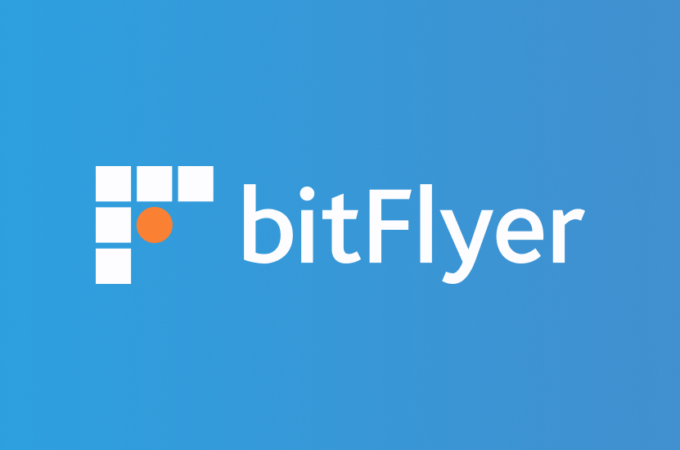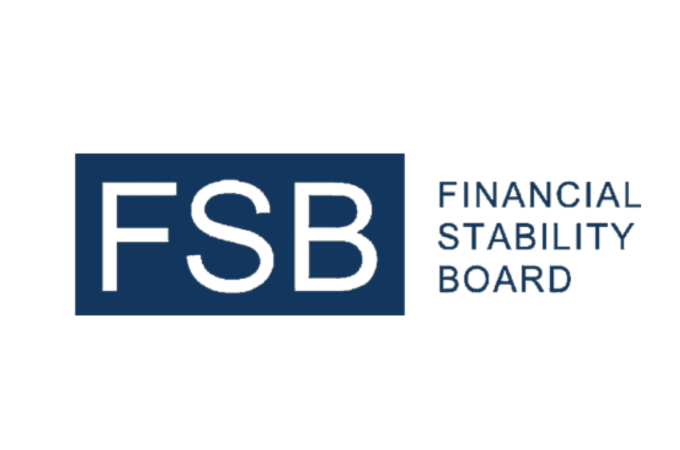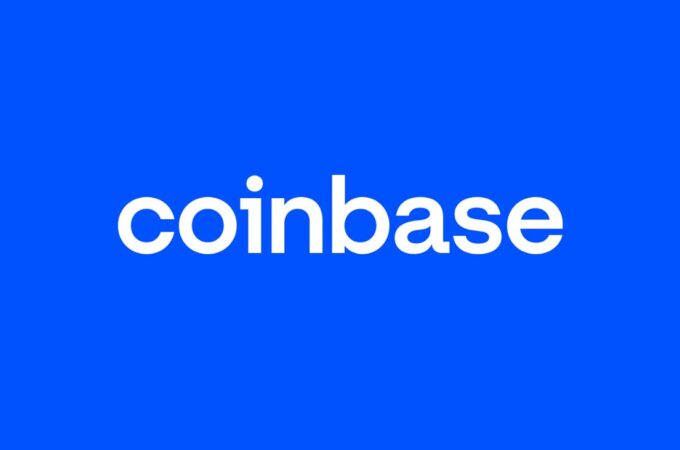
OECD Unveils Global Crypto Reporting Framework
The Organisation for Economic Co-operation and Development (OECD) has taken a significant stride in reshaping the landscape of cryptocurrency regulations with the release of its final Crypto-Assets Reporting Framework (CARF) and amendments to the Common Reporting Standard (CRS). This comprehensive framework aims to address the challenges posed by the rapidly evolving crypto space, ensuring transparency and compliance on a global scale.
Overview of the CARF
The CARF introduces a structured approach to reporting on crypto-assets, bringing digital currencies and other crypto-assets under the scrutiny of financial institutions (FIs) and service providers. The obligation to report falls on intermediaries facilitating the exchange of crypto-assets, and the framework spans a wide scope of transactions and providers within the crypto-space.
Key Highlights of the CARF
- Asset Scope Alignment with FATF Guidelines: The CARF closely aligns assets in scope with those treated as virtual assets under the Financial Action Task Force (FATF) guidelines, narrowing the focus to assets used for investment or payment services.
- Service Provider Clarifications: The framework provides clarity on the scope of service providers, specifying that a trading platform provider falls within scope only to the extent that it has sufficient control to comply with due diligence and reporting obligations.
- Wallet Address Reporting: Concerns about data privacy led to the removal of the requirement to report the receiving wallet address for all transfers to unhosted wallet addresses. However, crypto-asset service providers must still report transfers to external wallets and retain those details for five years.
- Payment Transaction Reporting: Payment transactions in crypto-currency are reportable only when they exceed US$50,000 and are subject to anti-money laundering controls.
- Self-Certification Refresh Removal: The need to refresh self-certifications every three years has been eliminated, with ongoing review requirements now aligned with CRS.
- E-money Thresholds: E-money accounts are reportable only when they exceed US$10,000 on a 90-day rolling average.
- Stablecoin Treatment: Stablecoins may be treated as fiat money in certain cases, reflecting the evolving regulatory landscape around these assets.
- Charity Exemptions: “Genuine” charities are removed from the definition of investment entities, allowing them to be treated as active entities, provided there are adequate verification procedures in their host country.
Amendments to the CRS
The CRS amendments include revisions to manage the interaction with the CARF, bringing e-money and central bank digital currencies (CBDCs) into scope, and enhancing compliance for organizations already subject to the CRS.
Interactions with CARF
- CBDCs and Stablecoins: Rules clarify that CBDCs and stablecoins are depository accounts, reportable by the customer’s bank, not the central bank. However, financial institutions offering crypto-currency services may face duplicate reporting obligations under both CARF and CRS.
- Crypto-Assets as Financial Assets: The definition of financial assets is expanded to include derivatives of crypto-assets.
- Expanding Definitions: Crypto-assets are added to the definitions of investment entities, passive entities, etc.
E-money and CBDCs Inclusion
- Depository Institution Definition: The definition of depository institution is broadened to include entities holding specified electronic money products or CBDCs for the benefit of customers.
- Specified Electronic Money Products: Two categories of excluded accounts for low-risk products are introduced, based on the value and purpose of specified electronic money products.
Compliance Enhancements
- Frequently Asked Questions Incorporation: The amendments incorporate existing Frequently Asked Questions issued by the OECD.
- Know Your Client Updates: Updates align with FATF requirements, allowing the use of Government Verification Services and related IDs in place of Tax Identification Numbers (TINs).
- Extended Reporting: Reporting is extended to include additional flags, roles of controlling persons, and types of financial accounts.
Global Adoption Challenges and Future Developments
While the CARF sets a global reporting standard, challenges arise in global adoption, with concerns about potential competitive advantages for non-adopting jurisdictions. The OECD emphasizes the need for further work on an international framework, IT specifications, an implementation guide, and a coordinated adoption timeline.
In conclusion, the OECD’s release of the CARF and amendments to the CRS marks a significant step toward establishing a robust global regulatory framework for crypto-assets. As the crypto industry navigates these changes, financial institutions and service providers must proactively assess the impact and begin preparations to meet the upcoming compliance requirements.
This development aligns with the broader trend of increased regulatory scrutiny in the crypto space, with initiatives like the European Union’s Markets in Crypto-Assets Regulation (MiCA) reinforcing the need for comprehensive regulatory frameworks to address the evolving challenges and opportunities within the industry.





